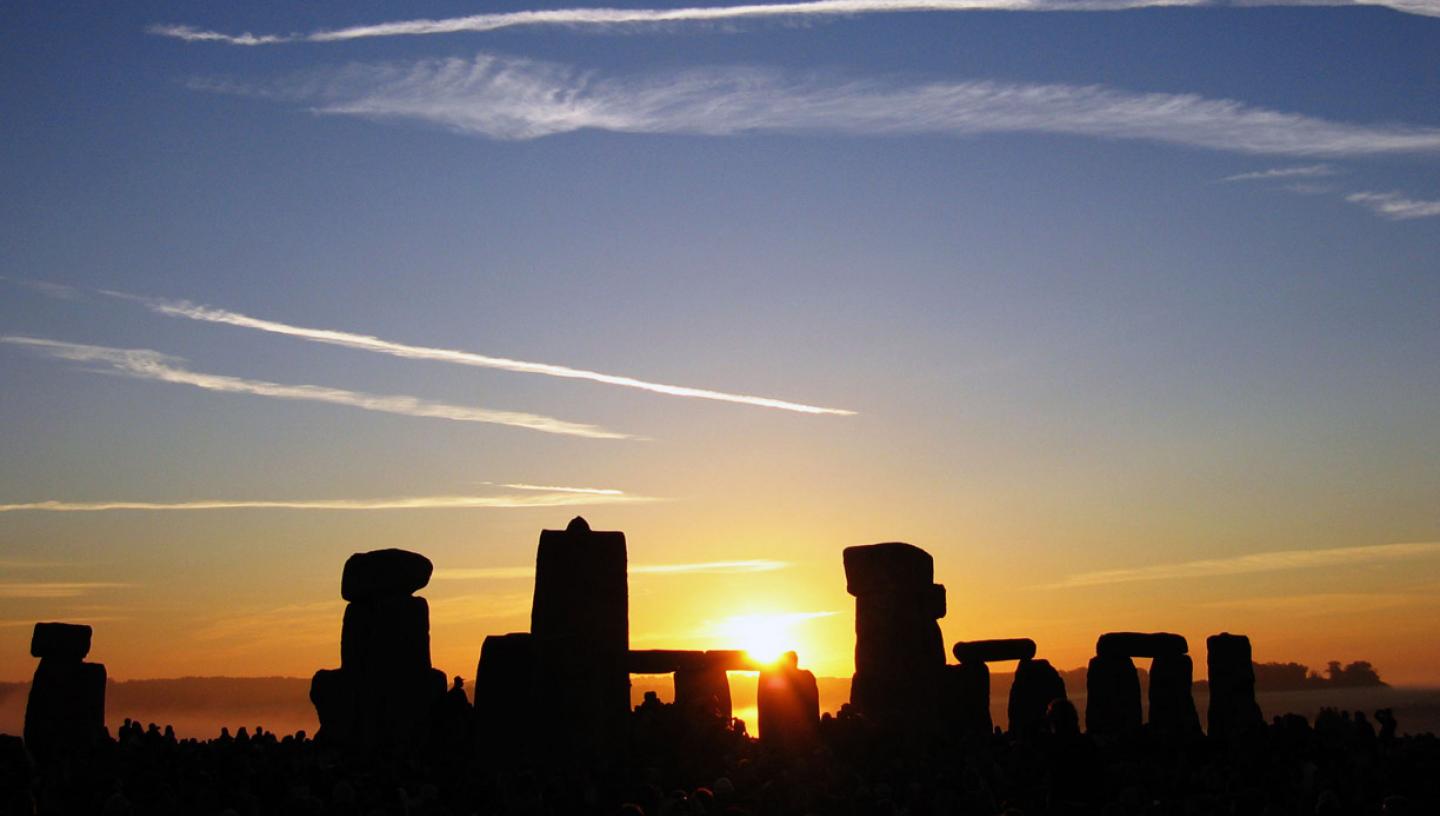
Essential Information
| Location |
Royal Observatory
|
|---|---|
15 Jun 2015
On 21 June we're holding a day of events celebrating the Summer Solstice. As the longest day of the year approaches our Astronomer looks at what the Solstice means.
Because of their enormous distance from us the stars remain stationary with respect to each other (at least during the span of a human lifetime), creating the celestial sphere; an imaginary sphere of arbitrary size on which you can paint the locations of these fixed objects. A coordinate system, right ascension and declination can be defined using the celestial sphere, counterparts of longitude and latitude on Earth. In theory, we can trace the motion of moving objects with respect to this system: planets, asteroids comets… The ecliptic then, is the path that the Sun appears to take through this ‘starry background’ over the course of a year, from the perspective of an Earth-bound observer. Since the Earth is tilted on its axis with respect to the celestial sphere, an astronomer plotting the position of the Sun during the year will see it rise and fall with respect to the celestial equator (that is, its declination will increase and decrease during the year). June 21st is the summer Solstice for the Northern Hemisphere, where the Sun will reach its greatest declination. For an observer, this means we will see the Sun at its highest point in the sky of the year at local noon.
Sunset in Croatia
Credit: PJL, Wikimedia Commons
The actual moment of the Solstice will occur a little after half past five in the evening in the UK, but most people concentrate on the whole Solstice day, which has been recognised by holidays and festivals in many different cultures all over the world. Half a year later, the winter Solstice occurs at the point of minimum declination, and in between are the two Equinoxes when the ecliptic and the celestial equator intersect. See? Spherical astronomy is easy!
Read more in our article for the Guardian by Dr Edward Bloomer